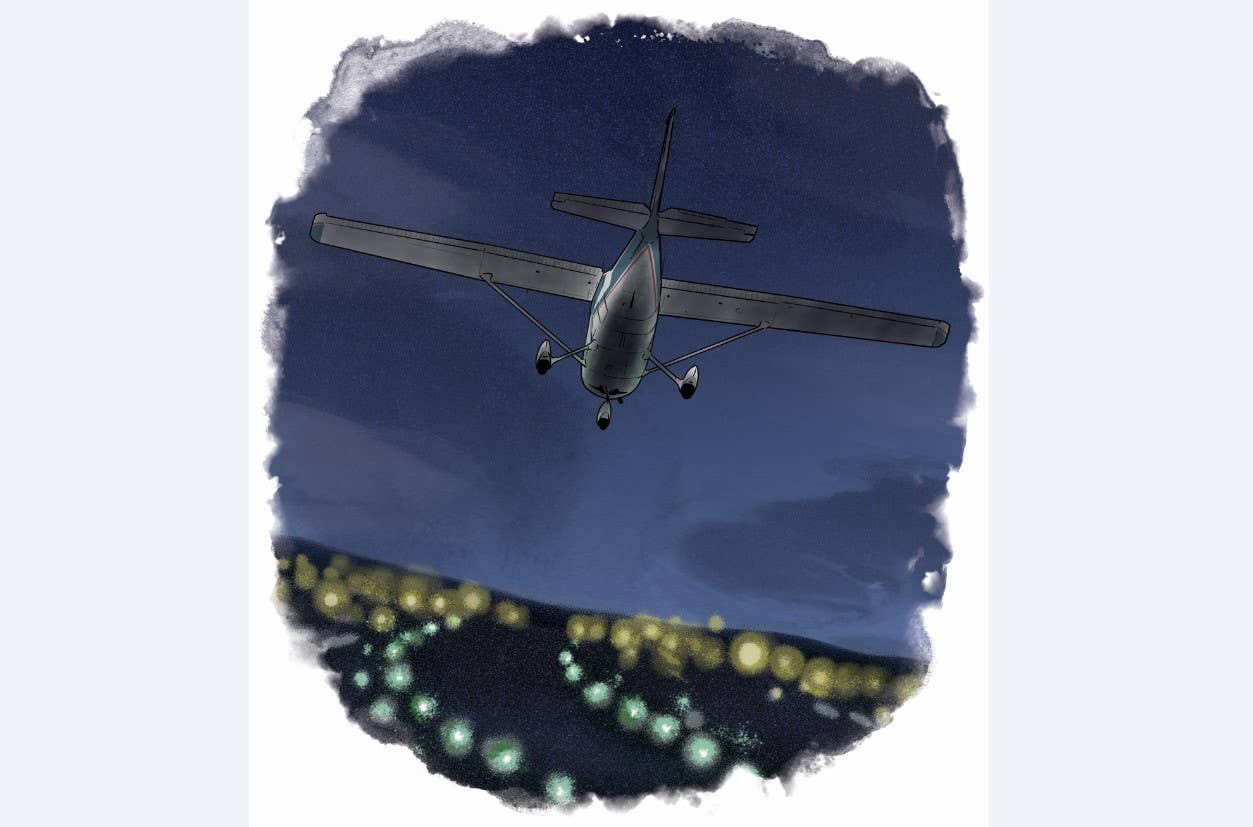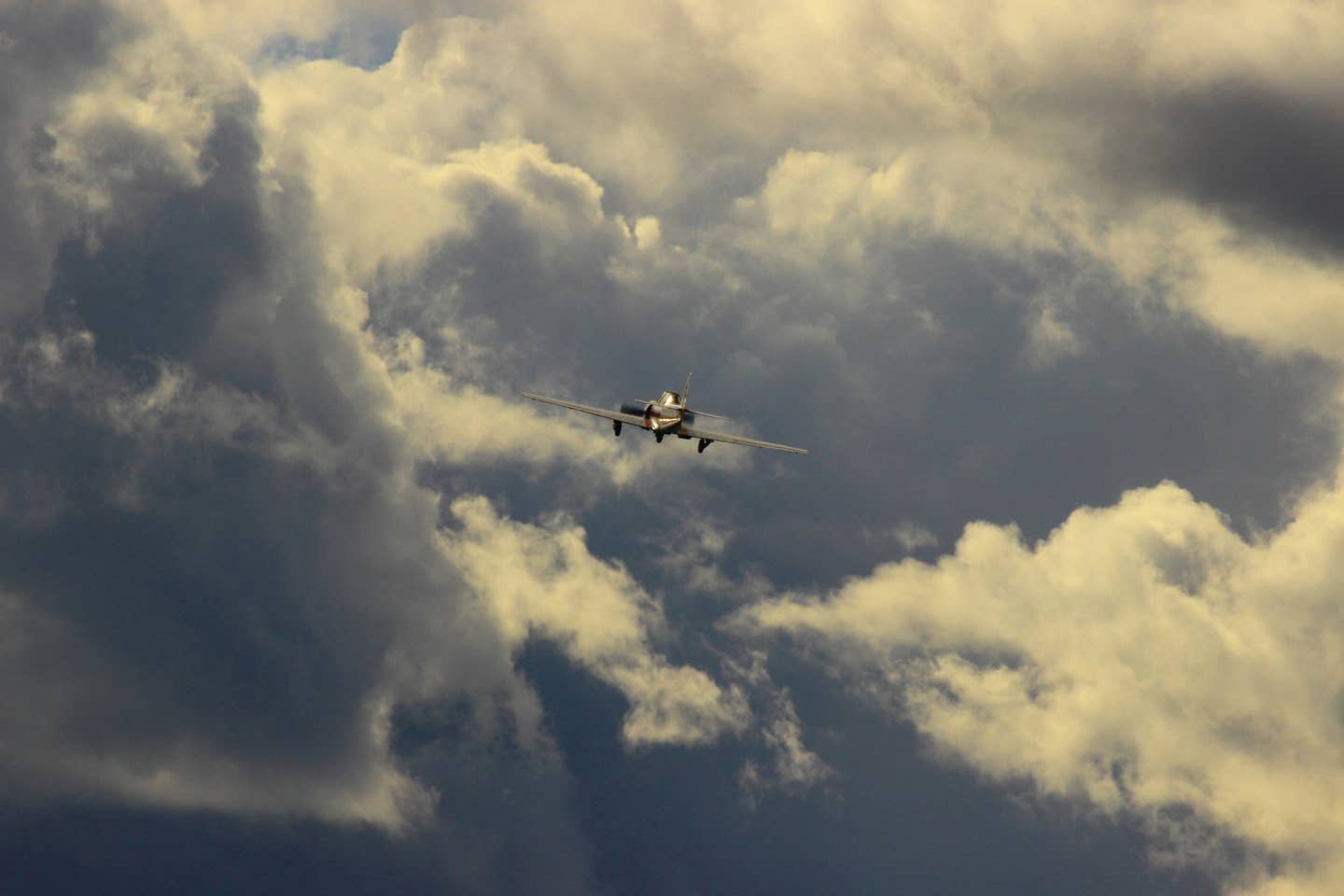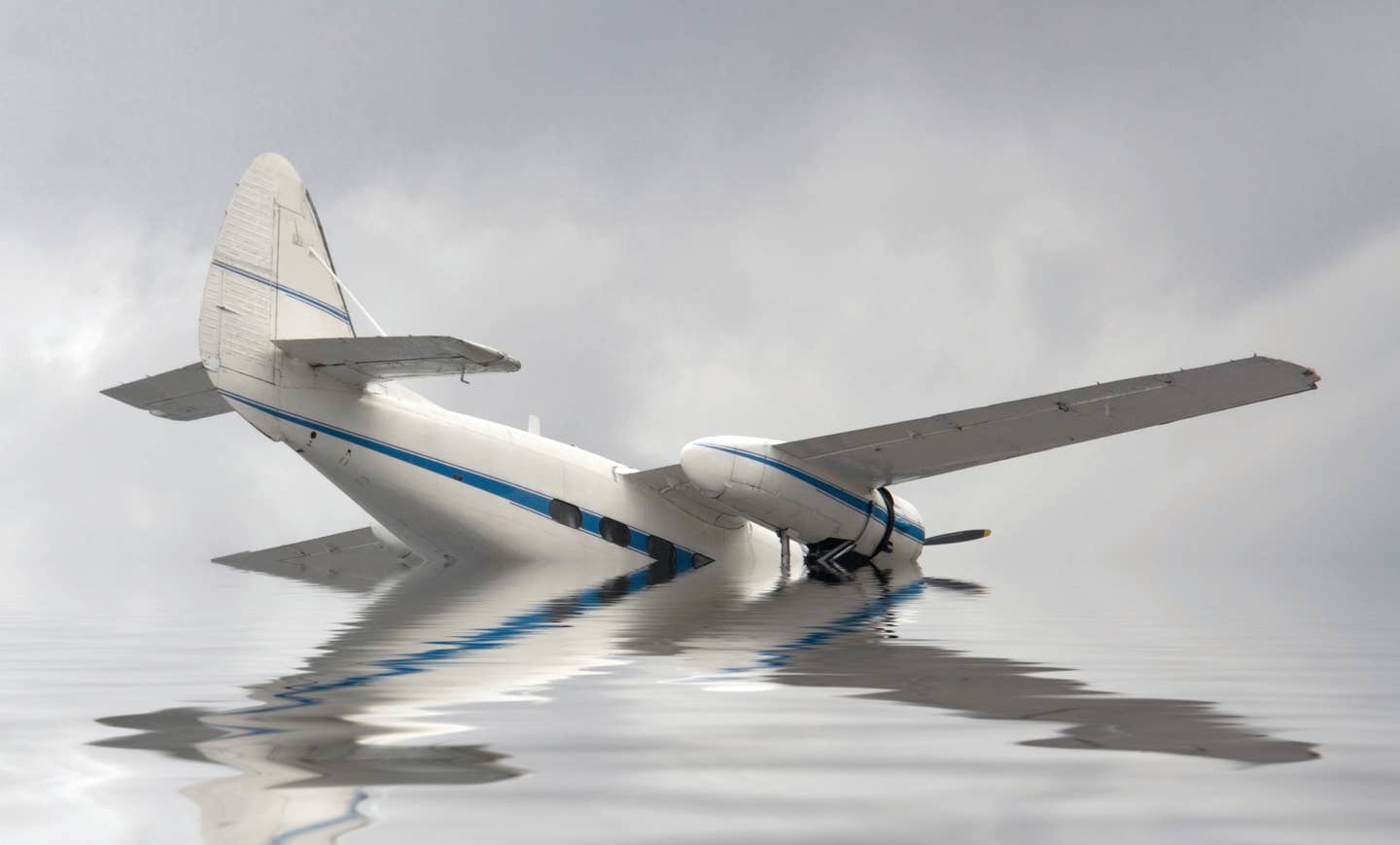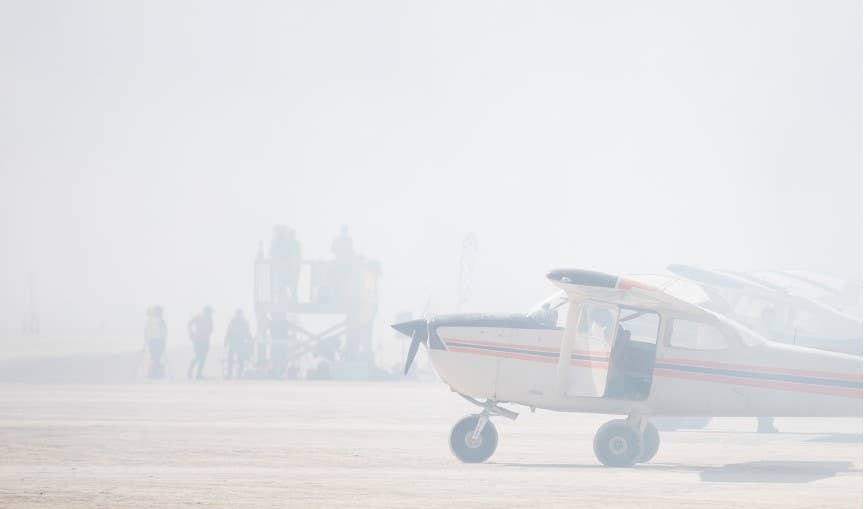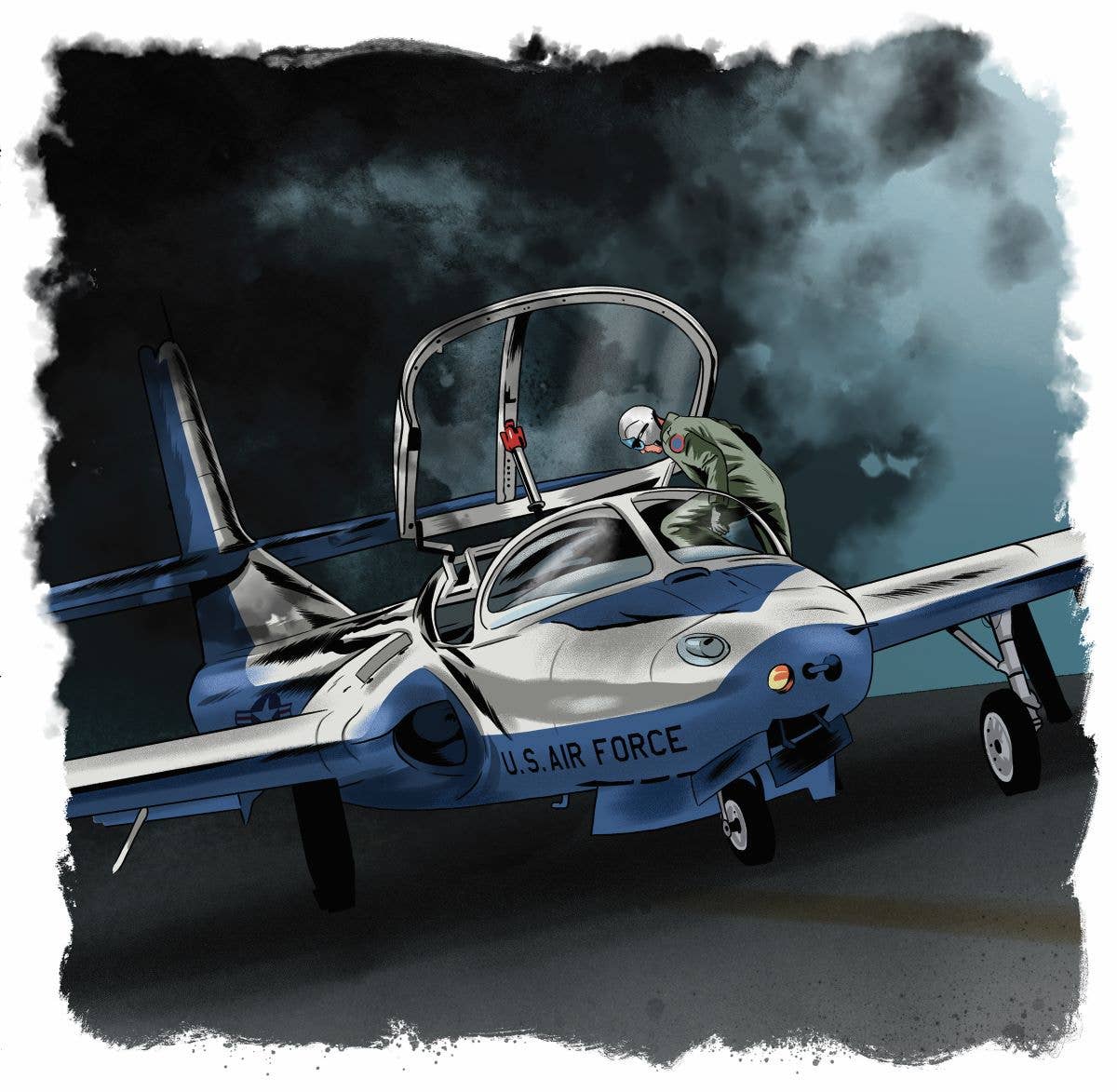
[Credit: Joel Kimmel]
Seven Days after my first solo in the iconic T-37 while in U.S. Air Force pilot training at Williams AFB in Chandler, Arizona, I found myself strapping in for my second solo flight. To be sure, I was excited. The T-37, “Tweet” as it was affectionately called, was a small twin engine jet trainer that’d been in the USAF inventory since the late fifties. Maybe when it was brand-spanking new, the crews that flew it were awestruck. But by the time I began training in that little sucker in the early ‘80s, it was kicked around as the ugly sibling to the more beautiful and much better-performing T-38 Talon.
If you're not already a subscriber, what are you waiting for? Subscribe today to get the issue as soon as it is released in either Print or Digital formats.
Subscribe NowBut, your first jet is always your favorite. OK, not really, at least not my feelings about the Tweet. But I had been flying a 150-horsepower Piper Super Cub for four years prior to entering the USAF, so to me, the T-37—with its twin 1,000-pound thrust Continental jet engines—was a big responsibility. I took each flight, solo or with an instructor, as a very serious affair, and I felt extremely blessed to be training in jets in the USAF.
The T-37 was relatively small, possessed a midwing, and sat quite low to the ground. It had side-by-side seating and a big plexiglass canopy, hinged at the back, that allowed easy access to the cockpit. The two smallish jet engines that powered it were nestled in the fuselage, slightly below each wing, with the exhaust exiting behind and below the trailing edge of the wings right next to the fuselage. The instrument panel, compared to modern jet aircraft, looked as if someone took all the displays, dials, lights, knobs, and handles needed to operate the aircraft, threw them against the panel and installed them where they hit it. Random is a word that comes to mind on the placement of some of the lights, displays, knobs, etc. There was nothing ergonomic about that instrument panel, but, hey, it was a jet, and I was strapping in to go on my second solo.
In as much as “Willy,” the nickname of Williams AFB, was a place where USAF pilots learned to fly, it was also, as we were told in our in-brief prior to the beginning of flight training, a place where the USAF trained its air traffic controllers. We were warned that sometimes the controllers would make mistakes, and to be skeptical and cautious if some ATC directives/clearances seemed unusual or unsafe. You kinda had the blind leading the blind at times when you had a solo student pilot being controlled by a controller in training; it was when another more authoritative voice came over the radio to countermand a training controller’s more tentative instruction that you knew the Supervisor Controller had taken command.
After strapping in and starting those extremely high pitched, constant noise, variable thrust engines on the Tweet, I was ready to taxi for takeoff. It was a fairly long taxi from where my Tweet was parked to the active runway. During this period in its operational life, Willy was very busy. T-38s, T-37s, and F-5s were mixing in with each other daily as they either taxied for takeoff or taxied back to their parking spots after landing, so you had to listen to the controller’s verbal taxi instructions while being wary, wondering if their instructions were tainted with some mistake.
I called ground with ATIS and told them I wanted to taxi for takeoff. They cleared me to taxi to Runway 30L, which was the normal T-37 runway; I had about a mile and a half, at least, to taxi to get to the assigned runway. Since the air conditioner on the Tweet was not very effective, we taxied with our canopy fully open; it was early summer in the desert, so it could get quite warm.
I was nervous as I prepared for this flight, yet cocky too, as I taxied out. I’d done well on my first solo, getting ‘excellents’ in all three areas in which I was graded. Having broken the ice with that fledgling foray into the wild blue of the western skies, I was looking forward to breaking the bonds of gravity without some instructor jumping on my ass about something I was screwing up.
About two-thirds of the way to Runway 30L, after turning left onto another taxiway, ground control called.
“T-37 Solo [not my actual call sign], your aircraft is smoking,” said Ground in a casual tone and inflection.
“Roger ground, jet engines do smoke,” came my immediate response, thinking this was a controller intraining, and he’d not spent much time around jet aircraft.
“Ahhhhh, T-37 Solo, be advised that your aircraft is smoking much more than normal,” came a more authoritative voice from ground control.
I’d begun to suspect something actually might be wrong, though I was not sure what, when another voice came over the radio, and it was not ATC’s.
“Hey Ace!” came the familiar voice, “Look over your left shoulder.” It was one of the instructors in my flight (good grief). He was with his student taxiing behind me.
Since it was an instructor, and since he used the term “ace,” I felt compelled to do as he commanded; I looked over my left shoulder.
“Holy Shit!!” was my first thought as I saw a thick plume of whitish smoke being exhausted from the left engine. It filled the sky behind my jet; bloody hell, no wonder ground said my jet was smoking. All cockiness immediately left me, a modicum of fear replacing it, and I told ground that I was going to stop and do an emergency ground egress, shutting down both engines before leaving the jet. I never waited for a reply or another word from the instructor, who was now taking another route to the active runway.
As the smoke rapidly dissipated and my nerves settled, I stood off the taxiway to the side of my little Tweet; I could hear the sound of “tinks” as hot metal cooled and the last wisps of smoke vaporized in the warm desert air. Other T-37s, T-38s, and F-5s taxied by and the pilots looked over at this pathetic student, still wearing his helmet, standing by his disabled Tweet.
A few minutes after shutting down and wondering what in the hell happened to my jet, while also wondering if I’d “FUBARed,” a maintenance truck drove up, along with an airport firetruck and a crew van. I told maintenance what happened: “smoke,” and filled out the maintenance log with the same thing I told maintenance: “Smoke."
This article was originally published in the May 2023 Issue 937 of FLYING.

Subscribe to Our Newsletter
Get the latest FLYING stories delivered directly to your inbox



